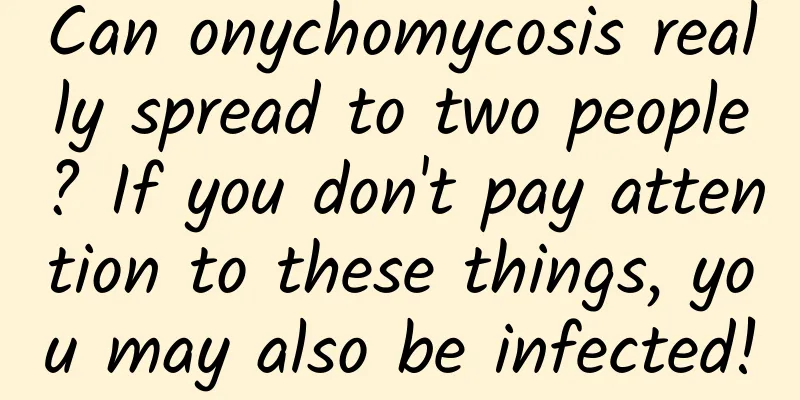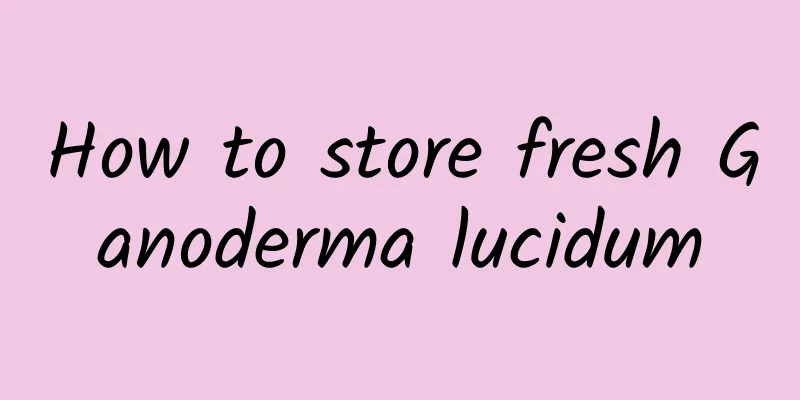The efficacy and function of Yangjiao Aozi

|
Yangjiaoaozi is a common Chinese medicine. It can be used for medicinal purposes as well as for food. Its effects and functions are quite comprehensive. Let's take a look at it below. [Source] It is the seeds of the Apocynaceae plant Acanthopanax . Pick the mature fruits between August and September, peel out the seeds, remove the seed hairs, and dry them in the sun. [Original morphology] The plant morphology is detailed in the "Yangjiaoao" article. [Properties] The dry seeds are spindle-shaped and flat, about 2 cm long and 5 mm wide, with a blunt base and a pointed tip. There are traces of white, silky, and long hairs on the top. The hilum is slightly below the seed hairs, and the seed ridge is on one side. It is white, linear, and slightly raised. The surface is brown with longitudinal stripes and is slightly twisted. It is easy to break, the cross section is grayish white, keratinous, and oil will overflow when squeezed with fingers. [Chemical composition] Contains 9-11% of total cardiac glycosides, and some say the content is about 2%. It is a mixture of various cardiac glycosides, which can be divided into two categories: lipophilic glycosides and weakly lipophilic glycosides. The lipophilic glycosides with clear structures include safflower oil, safflower isoside, cinnoside, cinnoside, codoside, codoside and samoside. Safflower oil has a higher content and a stronger effect. The weak lipophilic glycosides include D-safflower oil-Ⅰ and D-safflower oil-Ⅲ. The former has a higher content and a stronger effect than safflower oil. 【Pharmacological action】 ①Effect on the heart 【Properties and flavors】 "Guangxi Chinese Materia Medica": "It tastes bitter and is highly toxic." 【Functions and indications】Promote blood circulation, reduce swelling, relieve itching and kill insects. Treat rheumatism, scabies, bruises, and sores. 【Usage and Dosage】 For external use: mash and apply. Use with caution when taking internally. [Clinical Application] The strophanthoside extracted from the seeds of the strophanthoside has been pharmacologically and clinically proven to have a cardiotonic effect similar to that of strophanthoside K. Trials in various locations have yielded good therapeutic results. For example, among 22 patients with congestive heart failure, 14 achieved good results after taking the medicine, and most of them began to take effect within 5 minutes. Shortness of breath, chest tightness, chest distension, cough, orthopnea, jugular vein distension, cyanosis, edema, etc. completely disappeared, vital capacity and urine volume increased, jugular venous pressure decreased, and circulation time shortened; 5 cases were effective, and most of the above symptoms disappeared or improved, and some symptoms remained unchanged; 3 cases were ineffective. After treatment, 39 of the 68 cases achieved good results, 16 were effective, and the effective rate reached 93%. In most cases, various symptoms improved or disappeared after taking the medicine, the pulse and respiratory rate decreased, the vital capacity increased, the blood pressure increased within 3 hours after taking the medicine, the venous pressure decreased, the circulation time shortened, and the urine volume increased: but there was no significant effect on the electrocardiogram. In addition, 56 cases and 42 cases were observed with low doses and high doses, respectively, with effective rates of 89% and 81%, respectively (it is believed that the difference in efficacy may be related to case selection). In addition, it was tried on 78 cases of small-focus pneumonia combined with heart failure in children, and good results were achieved. In most cases, cyanosis disappeared, heart rate and breathing slowed down, and the liver shrank after 2 days of treatment. There are no unified standards for dosage and usage in different places. Some people use a small dose for the first time, that is, 0.125 to 0.25 mg for the first time, and the total daily dose should not exceed 0.5 mg in principle. Later, through practice, it was believed that the above dosage might be too small, so the divided dose was increased to 0.5 mg, initially twice a day, with a total amount not exceeding 1 mg. After the condition improved, it was changed to once a day. When used, dilute the serrata glycoside with 25% glucose solution and slowly inject it into the vein within 5 minutes. It is believed that this dosage is more appropriate, and the therapeutic effect occurs more quickly than with smaller doses. Although the incidence of heart rhythm disorders is higher, all toxic reactions disappear quickly after drug discontinuation, and no cases of death from poisoning have occurred. Some people also believe that using 0.35 to 0.5 mg per day, adding it to 50 ml of 2% glucose and slowly injecting it into the vein over 10 minutes can be used as a guideline for dosage and usage; and point out that using more may cause poisoning, while using less will not be effective; the dosage is not proportional to the effect, and if the dosage is still ineffective when it reaches about 5.0 mg, there will not be much improvement even if the dosage is increased and continued. The dosage for treating small-focus pneumonia combined with heart failure is: 0.05 mg for infants under 1 month, 0.1 mg for 6 to 12 months, 0.15 mg for 1 to 3 years old, 0.2 to 0.3 mg for 5 to 8 years old, and 0.3 to 0.5 mg for 8 to 12 years old. Once a day, intramuscular injection. Side effects and toxic reactions: It is generally believed that side effects are rare, especially gastrointestinal reactions. Among the 65 cases using small doses, only 1 case had a heart rate increase from 71 beats/min to 118 beats/min after injection due to too fast injection speed; 1 case developed bigeminy, but the injection was continued without stopping the drug, and as a result, he suddenly fainted 2 and a half hours after the injection, had cyanosis all over his body, weak pulse, and eventually died. Among the 42 cases using large doses, a few developed dizziness and arrhythmia, and the electrocardiogram showed that they were all premature ventricular contractions (3 of them were multifocal premature ventricular contractions, 2 cases also had atrial fibrillation, and 1 case also had atrioventricular conduction block). Arrhythmia generally occurred at a total dose of 1.5 mg (the earliest was when the total amount was 0.5 mg, and the latest was when the total amount was 3 mg), so it is believed that it is related to the severity of myocardial damage, and has no obvious relationship with the accumulated dose. However, in the other 58 adults and 78 children reported, no significant side effects occurred during use. It is reported that ramie glycoside is mainly suitable for acute heart failure and cannot be used in the following situations: 1. Epicardial disease, toxic myocardial damage such as heart failure caused by diphtheria, rheumatic fever, thyrotoxicosis, and syphilis. ㈡Circulatory failure caused by shock and acute infectious diseases. ㈢Acute and subacute endocarditis. 【Excerpt】 《*Dictionary》 [Source] 1. From "Guangxi Chinese Materia Medica" ("Chinese Materia Medica Dictionary") and "Chinese Medicinal Plants" ("Chinese Medicinal Sea"). In fact, you will only know its benefits after practicing it. Just like the traditional Chinese medicine Yangjiaoaozi introduced above, it turns out that Yangjiaoaozi can also treat some other diseases. Therefore, eating it in moderation has many benefits. |
<<: The efficacy and function of ginseng
>>: The efficacy and function of rock jujube tree
Recommend
A "pyramid" appeared in Anlong, Guizhou? The special local landform created a wonder!
Edit: Corner Recently, several mountains resembli...
Amoxicillin Granules
Our life is very long, and we experience many thi...
The efficacy and function of black olive bark
In daily life, people are not only very familiar ...
Heat stroke? Summer cold? ——Tell you how to identify and prevent it
This is the 4402nd article of Da Yi Xiao Hu "...
The efficacy and function of fir root
Fir root is a commonly used medicinal material in...
After the “Chang’e Stone”, what new mysteries does the moon have?
September 9, 2023 marks the first anniversary of ...
The efficacy and function of white curculigo
Do you know about White Curculigo? It is a common...
Will long-term use of cetirizine affect children’s growth and development?
"Cetirizine can cause drug resistance and af...
Can science explain the legend of “turning hair white overnight”?
Many people have seen the scene of "turning ...
What are the precautions for making wine with fresh ginseng?
Ginseng is a relatively precious Chinese medicina...
What are the ways to drink American ginseng?
American ginseng is one of the most common tonics...
After eating this for two years, there are small white spots in my stomach! Many people eat it as "food"...
Irregular and unhygienic eating habits, overeatin...
What are the uses of the traditional Chinese medicine Poria cocos
Poria cocos has the effect of delaying aging, cal...
The efficacy and function of syrup
After thousands of years of sedimentation and acc...
These factors may cause "precocious puberty"! When children have these symptoms, parents should pay attention
Expert of this article: Li Congzhe, Associate Chi...









